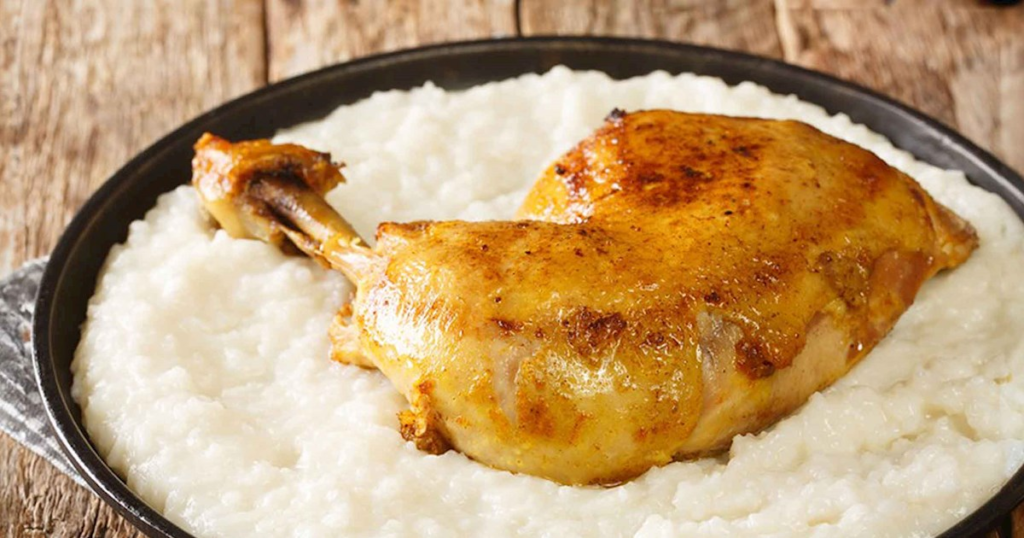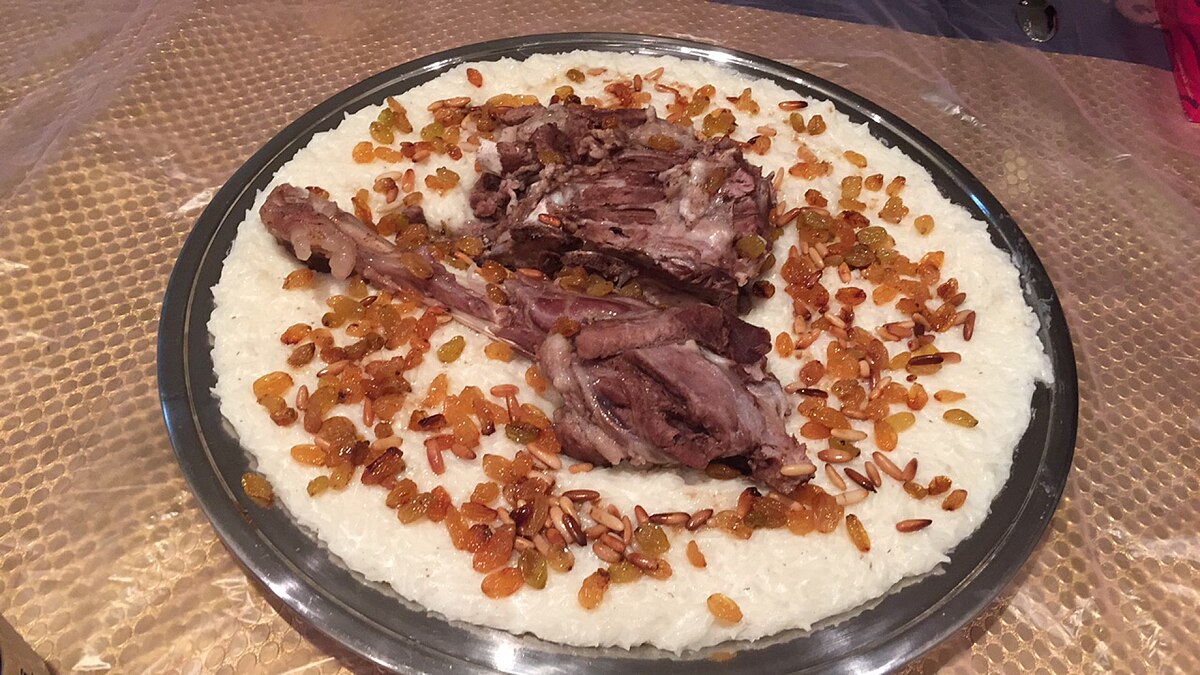Saleeg: A Cultural Icon of Saudi Arabia
Saleeg is more than just food in Saudi Arabia. It’s a cultural icon, a family favourite, and a symbol of warmth and comfort. This creamy rice dish, originally from the western region of the Kingdom, is known for its simple ingredients and rich taste. Over the years, it has become one of the most loved traditional meals across the Arabian Peninsula.
Prepared with rice, milk, butter, and either chicken or lamb, this dish is often served on special occasions, at family gatherings, and during the cooler months when people crave something warm and hearty.
Let’s explore seven fascinating facts about this cherished meal from its roots to the reasons it remains a beloved dish in Saudi homes.
Born in the Jazz Region
The dish originated in the Hejaz region of Saudi Arabia, particularly in cities like Taif and Mecca. The cool mountain climate made a warm, milk-based rice dish ideal for comfort and nourishment. Over time, it spread throughout the Kingdom and is now considered a culinary staple.
Gulf visitors and tourists often try this dish when visiting Saudi Arabia to experience a true taste of local hospitality and tradition.

Made with Just a Few Ingredients
Unlike many traditional recipes that require long shopping lists, this dish is built on simplicity. The core ingredients include rice, milk, butter, salt, and either chicken or lamb. These are cooked slowly to achieve a creamy and rich texture.
Its simplicity is one reason why it’s become a weekly favourite in many homes. With just a few steps, home cooks can create a dish that feels luxurious and comforting.
A Wholesome and Nourishing Meal
This Saudi favourite is not just delicious it’s highly nutritious. It combines protein, calcium, and carbohydrates in one complete meal. It’s especially suited for children and older family members because of its soft texture and balanced nutrition.
During colder seasons, many people turn to this dish for its ability to warm the body and satisfy hunger.
A Dish That Brings Families Together
For many, this dish is more than food it’s tradition. It plays an important role during family events, Ramadan, and Eid celebrations. It is commonly served in large trays where everyone eats together, reinforcing values of unity and hospitality.
The shared experience of enjoying this meal creates emotional bonds that pass from one generation to the next.
Delicious Variations Across Households
While the original recipe uses chicken, many families use lamb or beef for variety. Some include traditional spices such as cinnamon, cardamom, or bay leaves. Others add garnishes like fried onions or nuts for a richer experience.
Despite variations, the creamy milk-and-rice base remains the heart of the recipe. These subtle differences reflect family traditions and regional preferences.
Gaining Global Recognition
Thanks to Saudi Arabia’s growing tourism industry and social media influence, this traditional dish is gaining international attention. Food bloggers, influences, and chefs around the world are introducing it to new audiences.
It has begun appearing on restaurant menus beyond the Gulf, making its way into Arabic cuisine offerings in cities across Europe and North America.
Surprisingly Easy to Prepare
Although it may look complex, this dish is relatively simple to cook. Once the meat is boiled and the rice is added to the broth, the process becomes hands-off. When milk and butter are added, the rice transforms into a rich, creamy consistency.
This ease of preparation is one reason why the dish continues to grow in popularity across the region.

A Special Place in Saudi Cuisine
Among all traditional meals in Saudi Arabia, this one holds a special place. While dishes like Kabsa and Mandi are also iconic, this creamy rice-based meal stands out for its comfort, warmth, and emotional value.
It is widely served in restaurants, especially in cities like Jeddah, Taif, and Medina. Food delivery apps also include local variations, ensuring modern accessibility without losing cultural heritage.
Families continue to pass down their personalised versions, making it a generational symbol of care and tradition. Many grandparents teach the recipe to their grandchildren, making it a memorable part of growing up in Saudi culture.
Timeless Appeal and Future Popularity
This dish has endured for generations because it speaks to both the heart and the palate. As Saudi Arabia expands its presence on the global culinary stage, it’s likely this humble meal will remain a defining feature.
Whether you’re enjoying it in a traditional home or tasting it for the first time as a tourist, the dish delivers a unique and lasting impression. Its creamy texture, warm flavour, and deep-rooted tradition make it a true icon of Saudi hospitality and identity.
Do follow Gulf Magazine on Instagram
Also Read – Mutabbaq Craze 7 Delicious Reasons It’s Gaining Global Popularity



